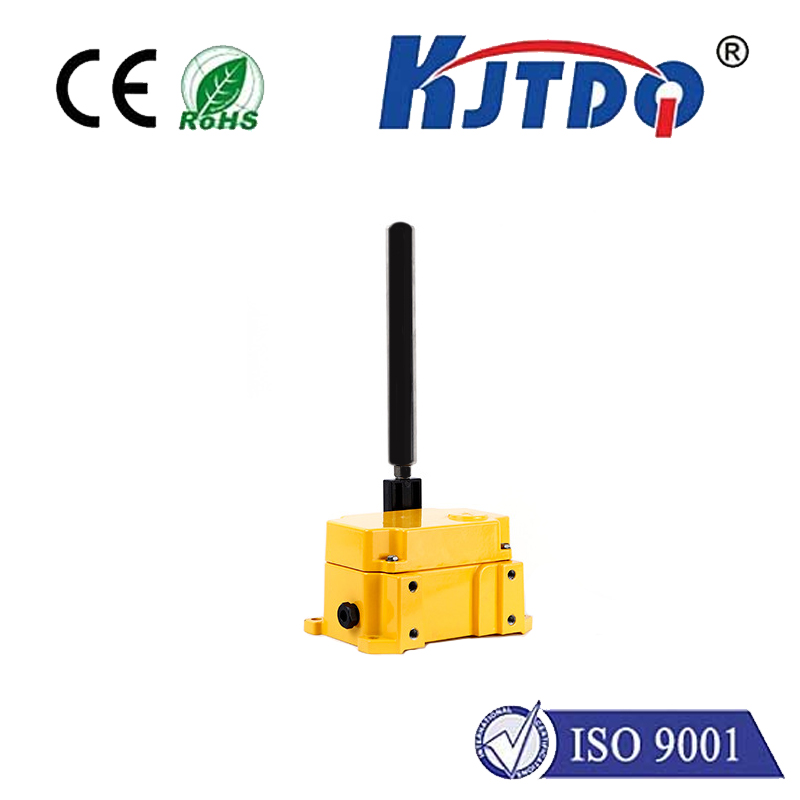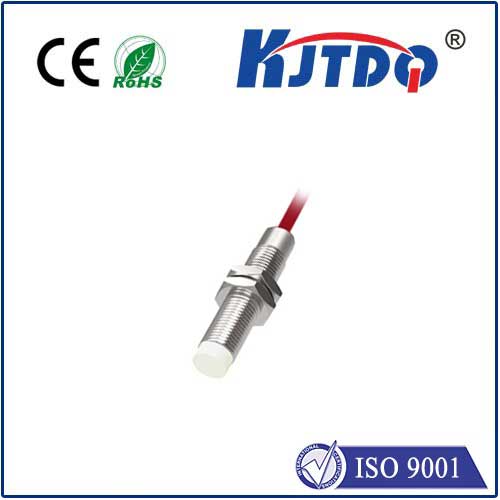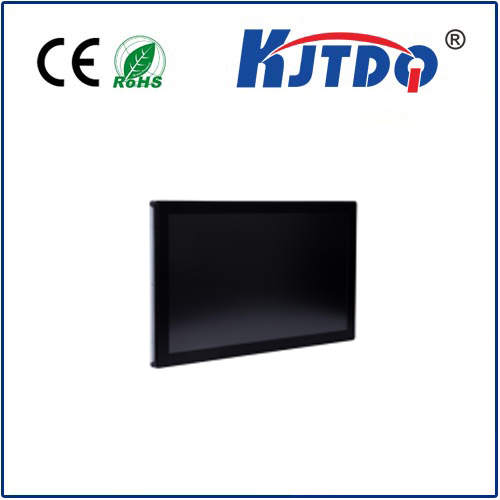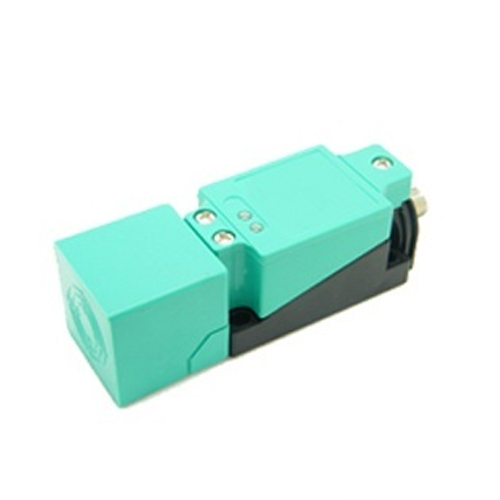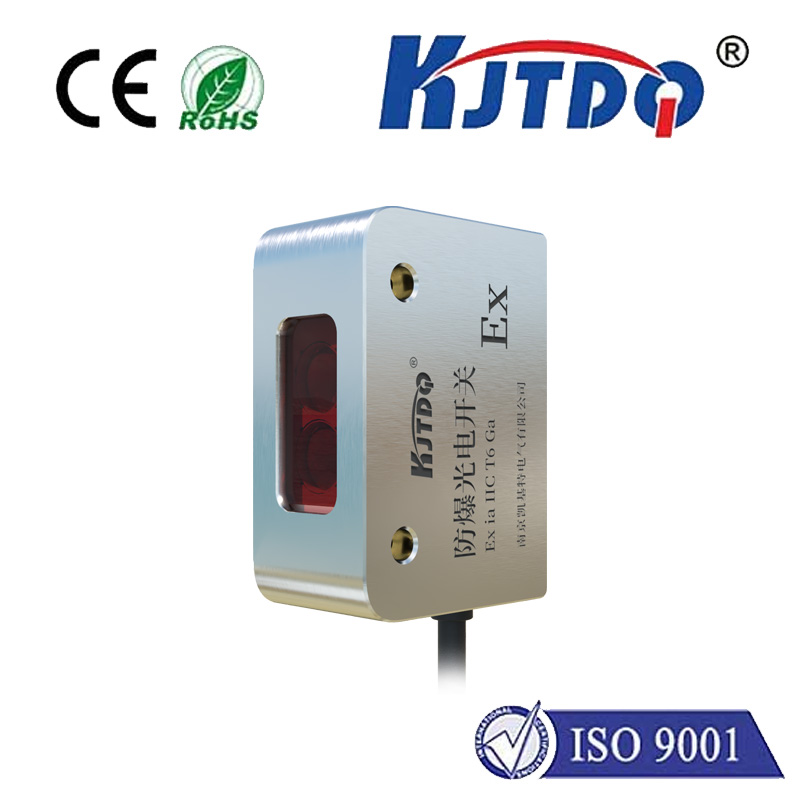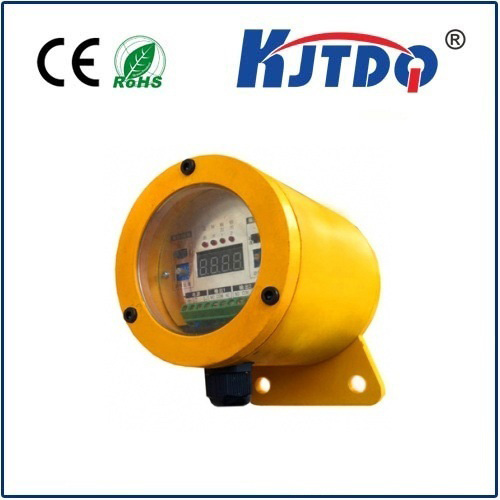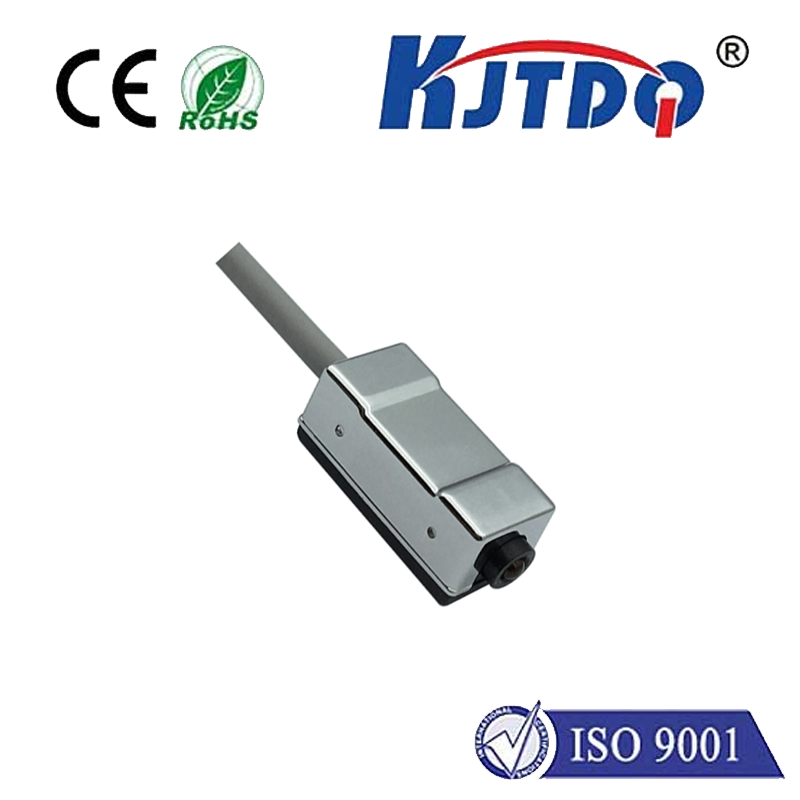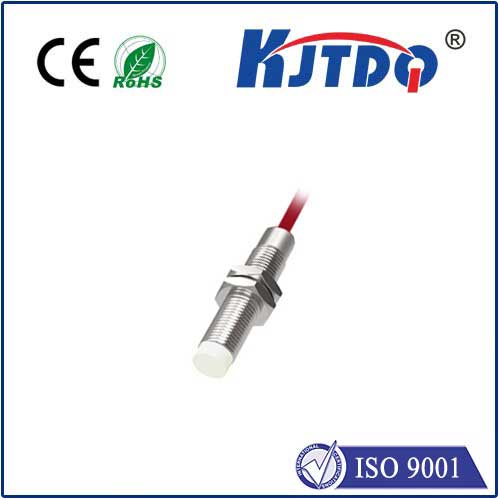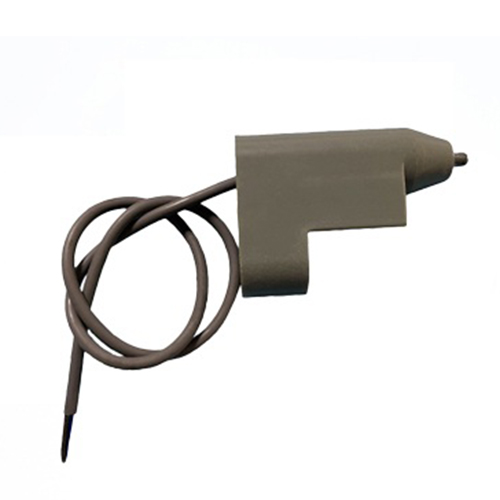

check

check

check

check

check

check

check

check

check

check
The Power of Sensors with Reflectors: Enhancing Efficiency and Accuracy
In the ever-evolving world of technology, sensors have become an integral part of our lives. They are used in various applications ranging from automotive to healthcare, from manufacturing to environmental monitoring. However, not all sensors are created equal, and one particular type that stands out is the sensor with a reflector. In this article, we will explore the benefits and advantages of using sensors with reflectors.
Firstly, let's define what a sensor with a reflector is. It is a type of sensor that uses a reflective surface to detect changes in its surroundings. The reflector helps to increase the accuracy and sensitivity of the sensor, making it more reliable and effective in its application. This is because the reflector bounces back the light or other energy source that is being emitted by the sensor, allowing for more precise measurements.

One of the main advantages of using sensors with reflectors is their ability to improve the efficiency of processes. For example, in industrial settings, sensors with reflectors can be used to monitor the quality of products during production. By detecting any defects or irregularities in real-time, manufacturers can take immediate action to correct them, reducing waste and improving overall productivity. Similarly, in transportation systems, sensors with reflectors can be used to track the movement of vehicles and pedestrians, helping to optimize traffic flow and reduce congestion.
Another advantage of using sensors with reflectors is their enhanced accuracy. These sensors are capable of measuring small changes in their environment with great precision, which makes them ideal for applications where accuracy is critical. For instance, in medical diagnostics, sensors with reflectors can be used to detect subtle changes in body temperature or blood pressure, aiding in early detection and treatment of diseases. In environmental monitoring, these sensors can measure changes in air quality or water levels, providing valuable data for scientists and policymakers.
Furthermore, sensors with reflectors offer improved safety features. In hazardous environments such as mining or construction sites, these sensors can detect potential dangers such as gas leaks or structural instability before they become life-threatening. This allows workers to take precautionary measures and avoid accidents, protecting both human lives and equipment.
In addition to their practical benefits, sensors with reflectors also contribute to the advancement of technology. As research continues in fields such as artificial intelligence and machine learning, sensors with reflectors play a crucial role in collecting data that can be used to train algorithms and improve performance. This ultimately leads to the development of smarter and more efficient systems that can benefit society as a whole.
In conclusion, sensors with reflectors offer numerous advantages over traditional sensors. Their ability to improve efficiency, accuracy, safety, and technological advancements make them an essential tool for a wide range of applications. As technology continues to evolve, it is likely that we will see even more innovative uses for sensors with reflectors in the future
